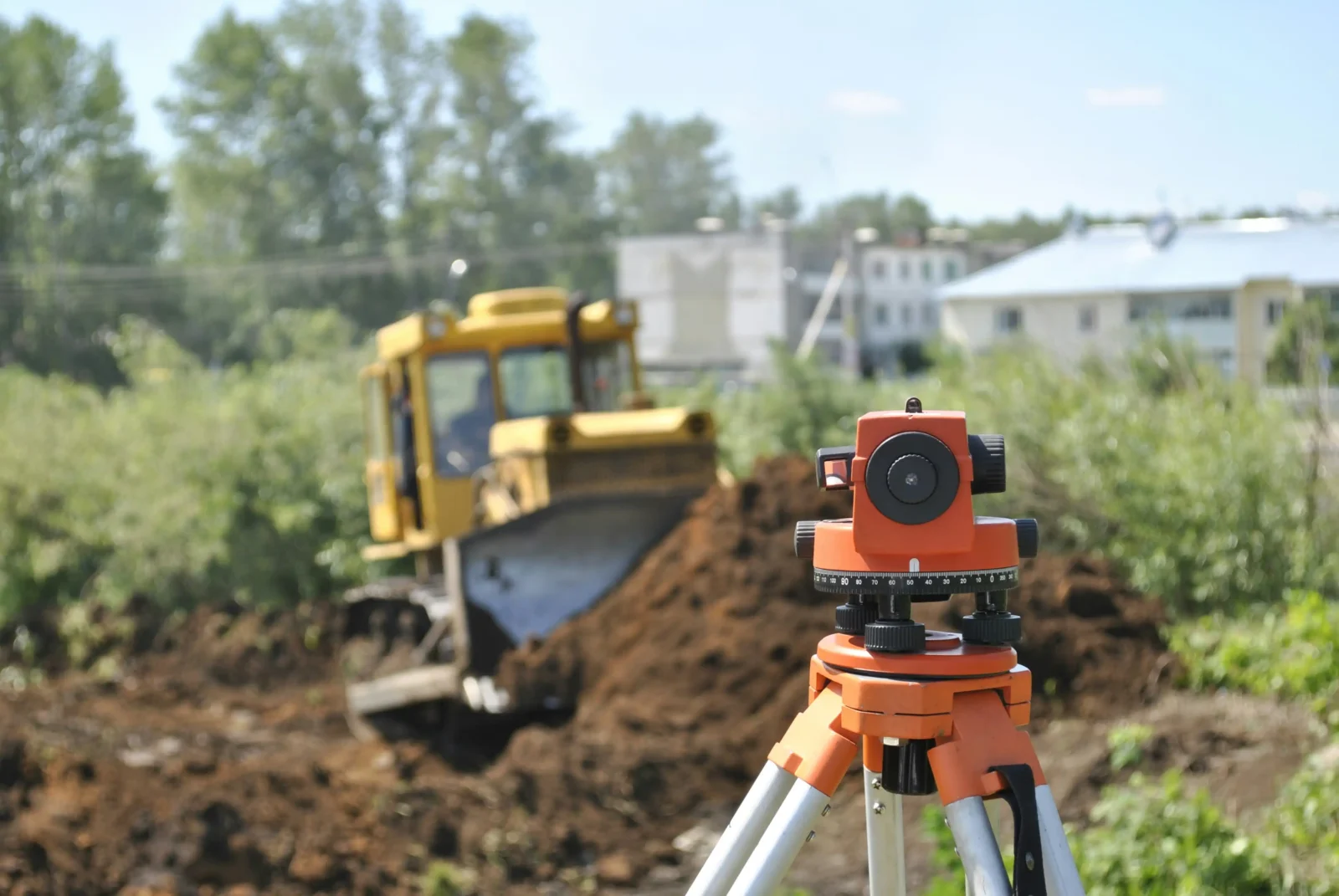- Home
- Articles
- Architectural Portfolio
- Architectral Presentation
- Inspirational Stories
- Architecture News
- Visualization
- BIM Industry
- Facade Design
- Parametric Design
- Career
- Landscape Architecture
- Construction
- Artificial Intelligence
- Sketching
- Design Softwares
- Diagrams
- Writing
- Architectural Tips
- Sustainability
- Courses
- Concept
- Technology
- History & Heritage
- Future of Architecture
- Guides & How-To
- Art & Culture
- Projects
- Interior Design
- Competitions
- Jobs
- Store
- Tools
- More
- Home
- Articles
- Architectural Portfolio
- Architectral Presentation
- Inspirational Stories
- Architecture News
- Visualization
- BIM Industry
- Facade Design
- Parametric Design
- Career
- Landscape Architecture
- Construction
- Artificial Intelligence
- Sketching
- Design Softwares
- Diagrams
- Writing
- Architectural Tips
- Sustainability
- Courses
- Concept
- Technology
- History & Heritage
- Future of Architecture
- Guides & How-To
- Art & Culture
- Projects
- Interior Design
- Competitions
- Jobs
- Store
- Tools
- More
How Proper Dehumidification Enhances Construction Quality

Dehumidification plays a crucial role in the construction industry, influencing both the quality of materials and the longevity of structures. Excess moisture can lead to various issues, from mold growth to structural degradation. By maintaining optimal humidity levels, contractors can ensure their projects are completed to the highest standards. Effective dehumidification can shorten project timelines by facilitating better working conditions. In this context, understanding dehumidification techniques is vital for builders and property developers aiming to improve construction quality and durability.
Table of Contents
ToggleUnderstanding the Role of Humidity in Construction
Humidity directly impacts construction materials, mainly wood, drywall, and concrete. Excess moisture can cause wood to warp and drywall to swell, leading to poor finishes and structural problems. Concrete, while relatively resilient to humidity, can suffer from reduced strength if not cured properly. Statistics reveal that about 30% of construction defects stem from moisture issues, highlighting the importance of proper wet conditions management. Researching Industrial Drying Solutions reveals that providers specializing in industrial dehumidifiers and desiccators can significantly assist in maintaining ideal humidity levels. Correct humidity control meets industry standards and enhances quality, enabling contractors to sell your tenanted property successfully due to fewer post-construction issues. Implementing effective humidity control measures can be the difference between project success and costly repairs.

Benefits of Dehumidification During Construction
Implementing dehumidification in construction sites offers multiple advantages. Firstly, it accelerates the drying phase of materials, reducing waiting times and helping teams stay on schedule. This increases overall productivity and minimizes project delays caused by weather conditions. Secondly, controlled humidity levels can prevent material defects, reducing the likelihood of costly remediation efforts later on. Ensuring a dry environment creates ideal conditions for adhesives, paints, and coatings to cure effectively, improving their longevity and performance. The financial implications are significant; by addressing moisture control, builders can enhance the property’s overall value. Ultimately, proper dehumidification contributes to higher construction quality and reduced lifecycle costs for landlords and investors alike.
Techniques for Effective Dehumidification
Achieving effective dehumidification requires a combination of strategies tailored to the specific environment of the construction site. One typical method is using portable dehumidifiers, which can be strategically placed in areas with high moisture levels. The ventilation system should also be optimized for adequate airflow, helping to expel warm, humid air. Combining mechanical dehumidifiers with desiccant systems is also effective in especially damp conditions. Routine monitoring of humidity levels ensures contractors can respond to fluctuating moisture more effectively. Understanding these techniques fosters a proactive approach, addressing moisture issues before they escalate into serious problems. A contractor well-versed in these methods can guarantee higher quality outputs, yielding more robust buildings.
Choosing the Right Dehumidification Equipment
Selecting the appropriate dehumidification equipment is crucial for any construction project. The site’s specific needs, such as the existing humidity levels and the materials used, dictate the choice of equipment. Industrial dehumidifiers vary in capacity, and choosing one that can handle the expected moisture levels is essential. Researching manufacturers and comparing models helps ensure that the selected equipment will perform effectively. Some systems offer innovative technology that provides real-time data, enabling contractors to monitor and adjust operations remotely. Prioritizing high-quality equipment lowers the risk of malfunctions and enhances operational efficiency on-site. Therefore, investing in the right dehumidifiers contributes significantly to the overall construction quality.
Case Studies: Successful Dehumidification in Action
Examining real-world examples of successful dehumidification offers valuable insights into its benefits. Several construction projects have documented improved outcomes due to proactive humidity control. For instance, a large-scale commercial building in the Midwest implemented a comprehensive dehumidification strategy, reducing mold growth by over 50%. Similarly, a residential property in a high-humidity region experienced fewer post-construction callbacks thanks to effective moisture management tactics. These case studies exemplify the tangible advantages of investing in dehumidification equipment and strategies. As documented, the financial returns on these investments can be significant, contributing positively to the project’s overall bottom line. Recognizing the impact of proper dehumidification can reshape how the construction industry approaches moisture management.

Regulatory Standards and Best Practices
Adhering to regulatory standards is paramount when implementing dehumidification protocols. Various building codes outline humidity levels permissible during construction, and failure to comply can lead to penalties or project delays. Construction professionals must familiarize themselves with industry standards relevant to their specific projects. Implementing best practices, such as regular moisture assessments and equipment maintenance, ensures compliance and enhances overall construction quality. Many organizations provide resources and guidelines for managing humidity effectively in building sites. Staying informed and up-to-date with these practices can also improve the reputation of builders and investors in the market. Ultimately, aligning construction activities with regulatory requirements fosters long-term sustainability and quality assurance in construction projects.
Optimal dehumidification is more than a construction necessity; it’s a practice that significantly improves overall quality. Builders can achieve superior project outcomes by understanding and implementing effective moisture management strategies. Correct humidity levels transcend immediate construction benefits, increasing property value and longevity. As the industry evolves, the relationship between dehumidification practices and construction standards will strengthen, making it a focal point for success.
illustrarch is your daily dose of architecture. Leading community designed for all lovers of illustration and #drawing.
Submit your architectural projects
Follow these steps for submission your project. Submission FormLatest Posts
Key Features to Look for When Investing in Construction AI Cameras
Continuous monitoring is crucial on construction sites for effective accident prevention. Artificial...
Why Legal Support Is Critical After a Serious Construction Accident
If you are dealing with a construction accident or have ever watched...
7 Common Myths Every Contractor Should Stop Believing
The construction landscape is a complicated place at the best of times,...
Automation in Construction: Why Human Safety Still Matters
Automation in construction can cut injuries, but new risks emerge. Learn practical...












Leave a comment